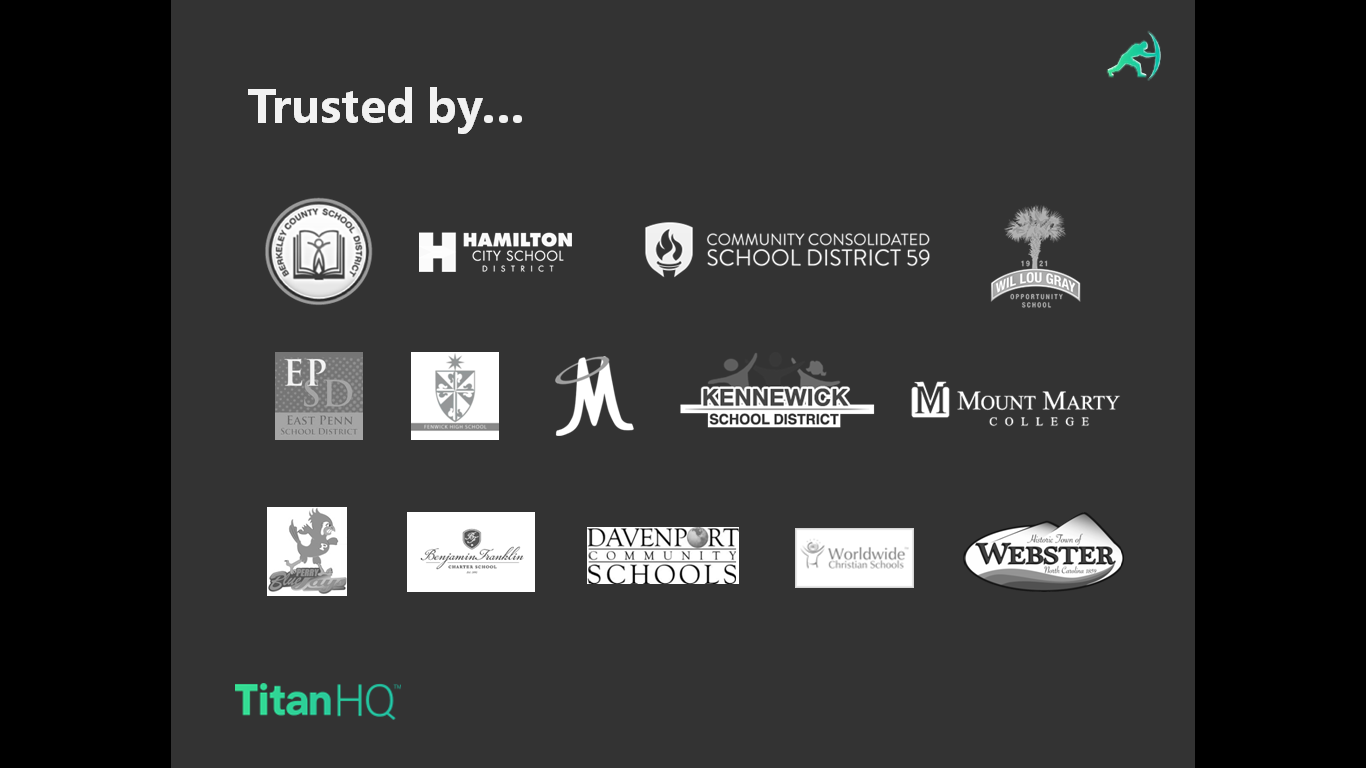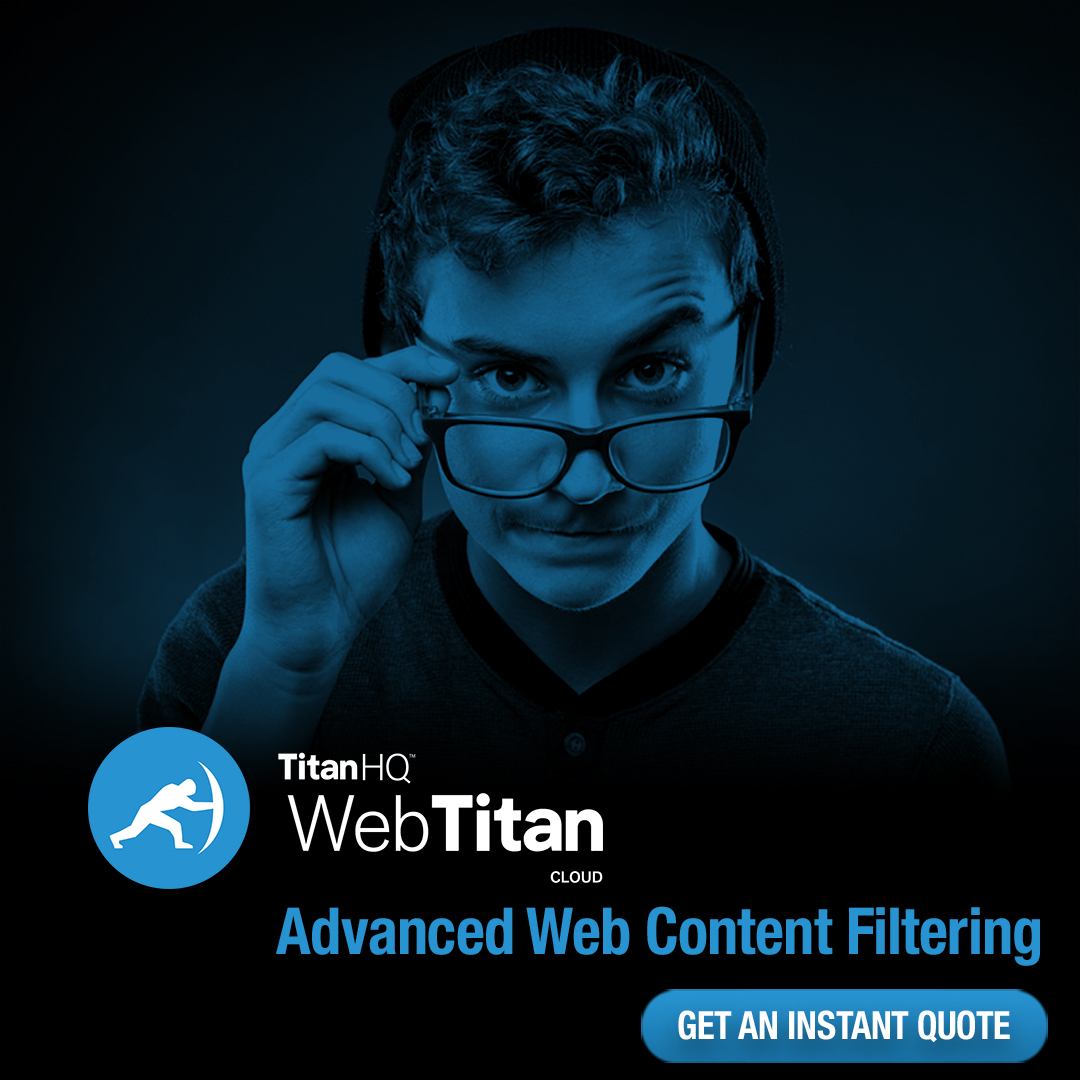
Cisco Umbrella Roaming Client- End-of-Life
Geraldine HuntThe imminent Cisco Umbrella Roaming Client End-of-Life has left many users uncertain about their next steps and exploring alternative DNS protection.
When the first compulsory K12 computer initiative was deployed in a school 26 years ago, web filtering was not a consideration. The initiative happened at a Methodist girl’s school in Melbourne, Australia - the first of its kind in an educational institution anywhere in the world. The computers were distributed amongst 82 students in the fifth grade under the supervision of three teachers. The computers were MS-DOS based with no hard drive, no mouse and only a monochrome display. Twelve years later in 2002, the state of Maine became the first state to implement a one-to-one laptop initiative statewide across the U.S. in attempt to transform the classroom with technology.
Today, nearly a third of all middle and high school students in the United States receive some sort of school-issued computer device. A large percentage of the remaining students bring in and utilize some sort of personal device during the school day. For many school systems, it can be a daunting task to manage. Even smaller K12 school systems must deal with the task of distributing and managing thousands of devices on that type of scale. For large school systems, it can approach a hundred thousand.
If your K12 system is considering a one-to-one laptop program, the immediate question must be how to manage the Internet activities of those devices. While school systems in the U.S. must already implement some sort of web filtering system in order to comply with E-rate regulations in order to be eligible for E-rate funding, implementing content filtering for thousands of student devices can prove a far greater undertaking than protecting the current fleet of stationary desktops and faculty laptops.
For starters, it’s a numbers game. A one-to-one implementation can double or even triple the size of your system’s computer fleet. The web filtering appliance that may have provided ample bandwidth before may prove an impending bottleneck that can greatly hamper your web performance. While most school systems take the initiative of increasing the Internet pipe from their service provider prior to the deployment of such an initiative, a 5GB pipe will have little bearing if your traffic must flow through a 1GB web filtering appliance. In addition, any type of filtering results in some degree of latency, which can contribute to considerable delays when thousands of student laptop sessions occur simultaneously.
Internet filtering for K12 schools is a requirement of the Children´s Internet Protection Act (CIPA) for publicly-funded schools and libraries if they wish to benefit from E-rate discounts on their Internet access. It is also a legal requirement for all schools in twenty-four U.S. states where similar legislation has been enacted. Filtering the Internet for K12 school children is much easier now than when CIPA was enacted in 2000. Organizations covered by the legislation can take advantage of cloud-hosted filtering services that are easy to configure and manage, and with solutions like WebTitan “cloud keys” now exist that can quickly override parameter settings when adults request unfiltered access to the Internet.
In an era in which the private sector is turning to software-defined solutions in order to reduce the array of the endless network devices that must be routinely managed, K12 systems must begin transitioning to non-hardware solutions in order to lighten the workload from IT staffs that are already overstretched.

There is a fine-balance on what has to be allowed and what security measures can be put into place. And then there is the dilemma of how to control Internet activities once the student takes the device off campus. For many families, the school laptop may be the first computer the child has had at home. Many schools have underestimated the blowback from parents as a result of unmanaged web activity. In some cases, parents have demanded that the school take the devices back until proper content filtering was enforced. This type of PR can wreak havoc on a one-to-one initiative.
So how does a K12 system filter web activity for students while at home? Most filtering solutions utilize some sort of proxy solution in which a locally installed client on each laptop forwards all web traffic that is originated off-premise back to the schools’ datacenter where it is forced through the filter once again. Sometimes this may involve the purchase of yet another appliance or two to serve as proxies to service these requests. Again, this results in more capital expenditure not to mention the inefficiency of propelling off-premise traffic back to the datacenter. In cases in which the data centre is down, off-premise student devices are unable to reach the Internet at all which can impact homework assignments and exam preparation.

"I must say after 16 years working as a network administrator, the WebTitan Content Filter has been the best product I have implemented!
It is highly granular, easily modified and technical support is quick to respond, very polite, thorough and will follow up with the customer to ensure all is working properly"
Tim Maples,
Network Administrator,
Will Lou Gray Opportunity School,
Georgia,
USA.
And then there is the cloud, a solution void of hardware that has to be nurtured and configured by the system’s IT department. In a world of total mobility, it only makes sense to turn to the cloud for content filtering. Here are just some of the advantages that a cloud solution offers:
There is a reason why the cloud is impacting the IT world so significantly, its architecture is designed for the world today, especially for K12 education.

Are you an IT professional at a school, that wants to ensure sensitive school, student, and staff data and devices are protected? Talk to a specialist or Email us at info@titanhq.com with any questions.

The imminent Cisco Umbrella Roaming Client End-of-Life has left many users uncertain about their next steps and exploring alternative DNS protection.

School districts around the world over are issuing Chromebooks to students to help close equity, technology and homework gaps. Discover why and how to protect K12 students.

A 2024 report highlights the soaring popularity of QR codes, with a 47% yearly usage surge. However, cybercriminals are exploiting this trend, targeting unsuspecting users with scams and malware infections due to...
Sign-up for email updates...
